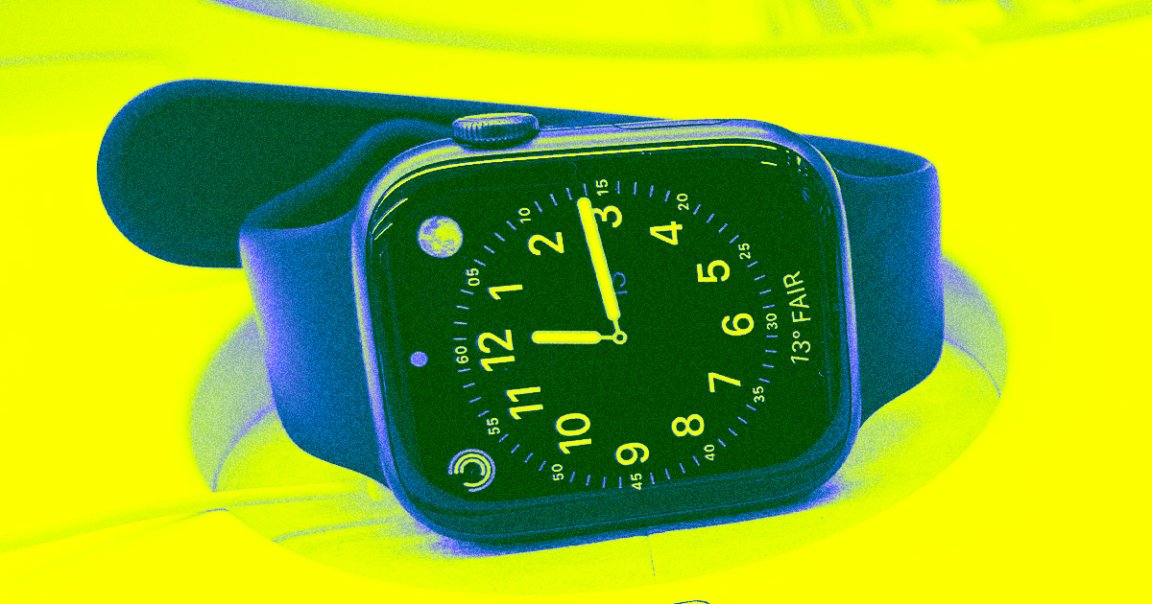
Apple has entered the proof-of-concept phase for an intriguing confidential project — dubbed E5 — that would transform its Apple Watches into noninvasive glucose monitors, Bloomberg reports.
Current means of glucose monitoring are pretty rough, with most diabetics relying on painful finger-pricking to take blood samples. Others use a variety of patches that are currently on the market, although those need to be regularly replaced.
If realized, Apple’s noninvasive monitor, which according to Bloomberg was first conceptualized by Steve Jobs and has been in the works for over 12 years, would undoubtedly turn the healthcare industry on its head — and, by making Apple Watches a must-have for diabetic patients worldwide, solidify Apple’s place as a health tech giant.
The Apple tech, which reportedly employs silicon photonics to do the job, really does sound fascinating.
“The system uses lasers to emit specific wavelengths of light into an area below the skin where there is interstitial fluid — substances that leak out of capillaries — that can be absorbed by glucose,” explains the Bloomberg report. “The light is then reflected back to the sensor in a way that indicates the concentration of glucose. An algorithm then determines a person’s blood glucose level.”
Still, as Bloomberg notes, though this system makes theoretical sense, it’d be a staggering achievement to bring it to market. A lot of folks in the tech industry, notably the likes of Google, have been trying to develop noninvasive glucose monitors for some time now.
But that said, while it’s unclear what specific milestones have recently been met to move E5 forward, Bloomberg’s sources were reportedly quite optimistic that the feature could actually reach patients. In an arena where so many startups have run into dead ends, that optimism feels pretty significant.
Per the report, Apple’s aspirations for the tech even extend into preventative diabetic support. According to Bloomberg, the Silicon Valley giant is hoping to incorporate a prediabetic functionality, warning users who might be at risk for developing diabetes.
To that note, the feature really would make sense for the Apple Watch, which for many is already a health-and-wellness must. It tracks things like heart rate, blood pressure, ECGs, and more — indeed, the device was primarily developed as a means of personal health monitoring, and less so as a means of wearing your smartphone on your wrist.
And while some folks may not like the idea of the already-enormous Apple grabbing a fresh — and likely massive, should they succeed — chunk of market share, there’s a reason other than just money that so many people out there have been working to develop a noninvasive glucose monitor: it could positively impact a lot of lives. Whether Apple or someone else gets there first, here’s hoping that finger-pricking will soon go the way of the dinosaur.
READ MORE: Apple Makes Major Progress on No-Prick Blood Glucose Tracking for Its Watch [Bloomberg]
More on sophisticated health tech breakthroughs: Urologist Powers Vasectomy with Electric Pickup Truck During Blackout